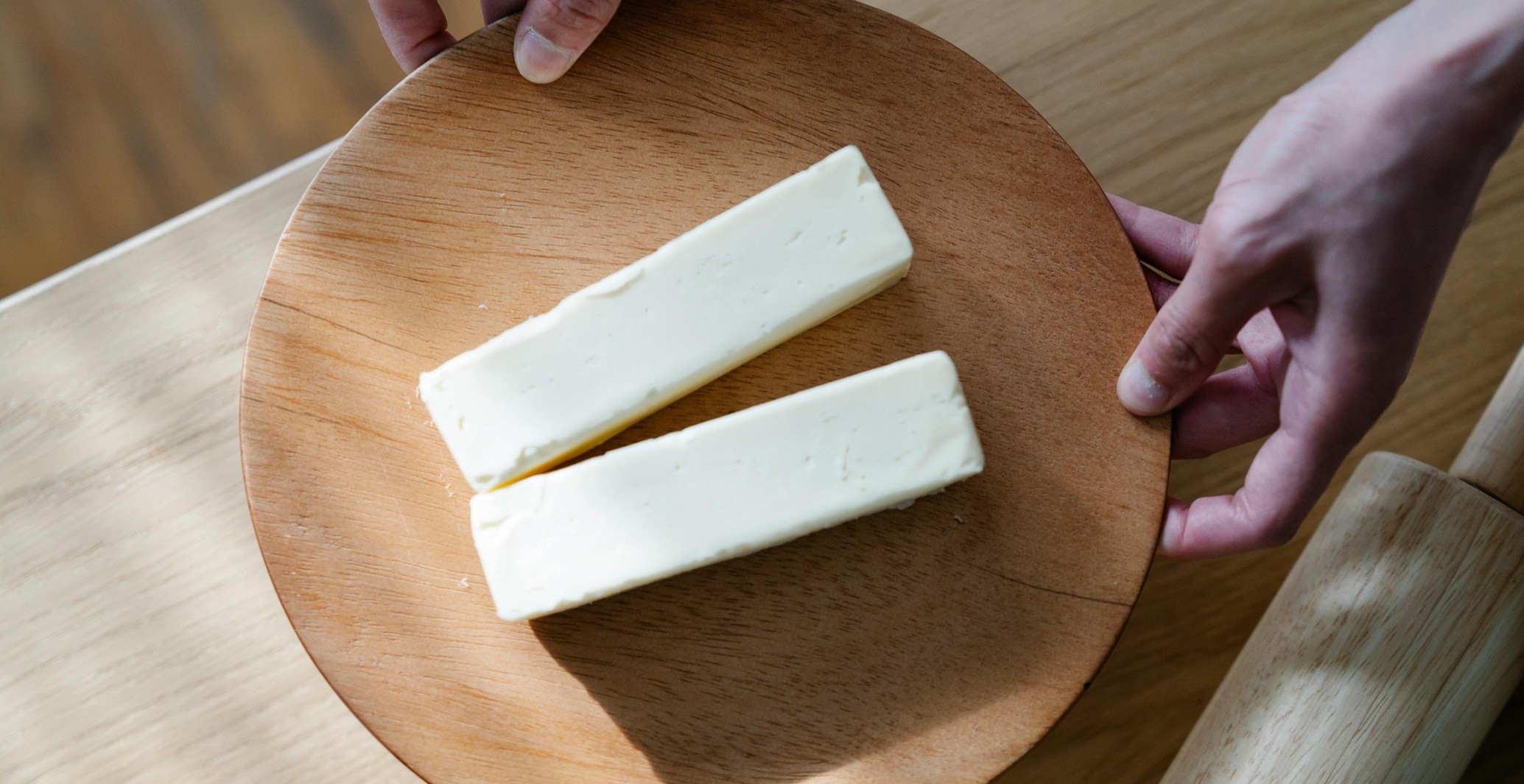
Bread Production for Fast Food Chains: Ensuring Fresh, High-Quality Buns at Scale
Bread Production for Fast Food Chains: Meeting High Demand for Buns
Fast food chains worldwide face a constant demand for freshly baked buns to complement burgers, sandwiches, and breakfast items. In this highly competitive market, bread production has become a crucial component of fast food operations, requiring both speed and quality to meet consumer expectations. Let’s explore how bread production is optimised to meet the high demand for buns in fast food chains.
Why is Bread Production Essential for Fast Food Chains?
Fast food chains rely heavily on bread production to serve a wide variety of menu items. Fresh buns are a cornerstone of the dining experience, providing structure, flavour, and texture to items like burgers and breakfast sandwiches. As consumer expectations for quality grow, chains increasingly focus on bread production techniques that ensure fresh, flavorful buns at every location.
Key Steps in Bread Production for High Demand
To consistently meet demand, large-scale bread production for fast food chains involves several steps that ensure high-quality buns:
1. Ingredients Sourcing and Preparation
The bread production process starts with sourcing high-quality ingredients like flour, yeast, water, sugar, and oils. Many fast food chains maintain strict standards for ingredient selection to ensure consistency across their locations. Buns for fast food need to be durable yet soft, capable of holding various fillings without falling apart.
2. Dough Mixing and Fermentation
In large-scale bread production, precise mixing is essential to create a dough with the right texture and structure. Automated mixers combine the ingredients to create a consistent dough that meets the chain’s specifications. Once mixed, the dough goes through a fermentation process, where the yeast activates, creating the soft, airy texture that customers expect.
3. Portioning and Shaping
After fermentation, the dough is divided into individual portions, which will eventually become the buns. Automated machinery portions and shapes each bun uniformly, ensuring that each one is the same size and weight. Uniformity is especially crucial for fast food chains to ensure consistent cooking times and presentation.
4. Proofing the Dough
Proofing, or allowing the dough to rise, is the next step. During proofing, each portion of dough is given time to expand, reaching its desired size and structure. The duration and conditions of proofing are closely monitored to ensure the buns reach the ideal consistency, ready for baking.
5. Baking and Cooling
In high-volume bread production, large industrial ovens bake hundreds or thousands of buns simultaneously. Each bun is baked to perfection, achieving a golden-brown crust with a soft, fluffy interior. Once out of the oven, the buns are allowed to cool at specific temperatures to retain their softness and avoid staleness.
Challenges in Bread Production for Fast Food Chains
1. Consistency Across Locations
Fast food chains operate across multiple locations, often in different regions. Bread production must be consistent to ensure customers receive the same experience, no matter where they order. Centralised bakeries, precise measurements, and standardised procedures are critical in achieving this consistency.
2. Managing Supply Chain and Distribution
To keep up with demand, efficient supply chain management is essential. Many chains partner with dedicated bakeries or establish centralised baking facilities that supply fresh buns to various locations. The logistics behind bread production involve quick transportation, carefully controlled storage, and coordinated delivery to ensure freshness.
3. Meeting Demand Spikes and Variability
Bread production for fast food chains must account for fluctuating demand. Popular meal times, promotions, and seasonal variations can all impact the quantity of buns required. Fast food chains often plan their production schedules to accommodate these variations, ensuring buns are always available even during peak hours.
Innovations in Bread Production
To meet high demand while maintaining quality, many fast food chains invest in innovative bread production technology. Some of the latest advancements include:
1. Automated Dough Handling: High-tech machinery handles mixing, portioning, and shaping, reducing human error and increasing efficiency.
2. Temperature-Controlled Storage: Temperature control during transportation and storage ensures that buns remain fresh when they reach each location.
3. Sustainable Ingredient Sourcing: Many chains priorities sustainably sourced ingredients, helping meet environmental goals and cater to consumer demand for eco-friendly practices.
Conclusion
Bread production is a vital component of fast food operations, supporting the high demand for buns that enhance customer satisfaction. By optimizing every stage of the production process—from ingredient selection to distribution—fast food chains ensure that each bun meets the quality standards that customers expect. With innovations in automation and supply chain management, bread production will continue to evolve, meeting the needs of fast food chains worldwide.
Recent Posts
See All
Shortening vs. Margarine vs. Refined Oil: What Bakers Need to Know
Discover how shortening, margarine, and refined oil each impact bread texture, flavor, and dough performance. This guide helps bakers choose the right fat and understand ideal usage levels for smoother production and better-quality bread.
Read
The Rise of Automated Bakery Equipment: How Automation is Transforming the Industry
Explore how automated bakery equipment is revolutionizing baking, increasing efficiency, improving product quality, reducing costs, and enhancing food safety. Learn about the latest technologies and future trends in bakery automation.
Read
Unveiling the Truth About Bread Staling: From Science to Preservation Tips
Why does bread become stale and hard? This article explores the scientific causes of bread staling, including starch retrogradation, temperature control, and packaging importance. Learn how professional bakers preserve bread’s freshness and softness through proper storage and production techniques.
Read